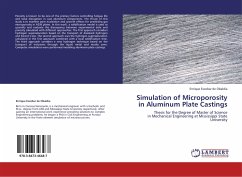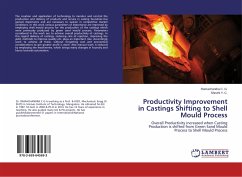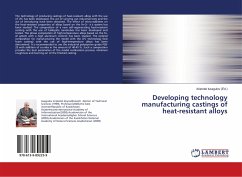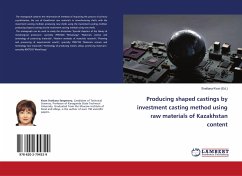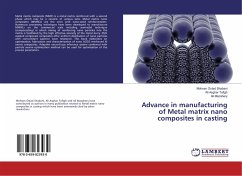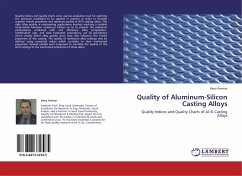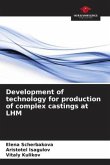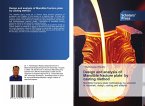Porosity is known to be one of the primary factors controlling fatigue life and total elongation in cast aluminum components. The thrust of this study is to examine pore nucleation and growth effects for predicting gas microporosity in A356 plates. In this work, a solidification model is used to quantify and evaluate the discrepancy between experimental data and porosity calculated with different approaches. The first approach considers hydrogen supersaturation based on the transport of dissolved hydrogen and Sievert s law. The second approach uses the hydrogen supersaturation calculated in the first approach combined with a local solidification time. The third approach considers a new hydrogen technique based on the transport of inclusions through the liquid metal and mushy zone. Computer simulations were performed modeling aluminum plate castings.

